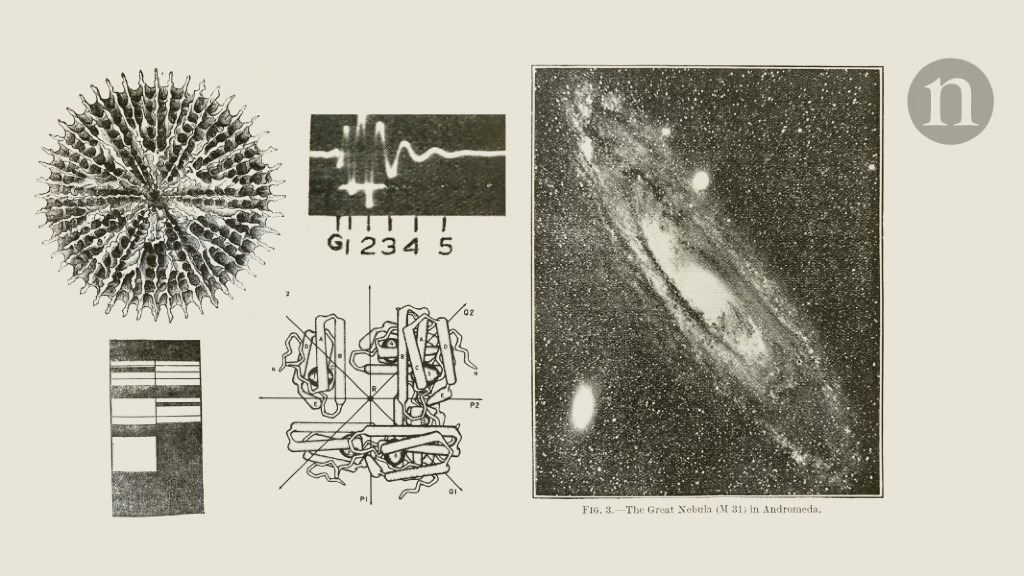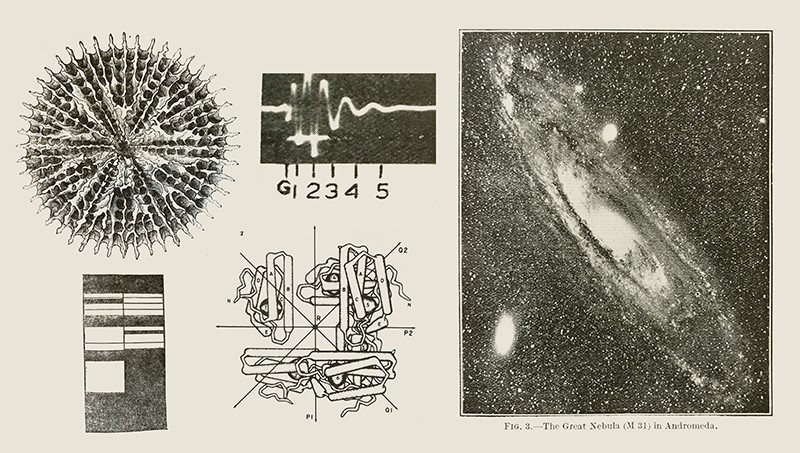50 Years Ago
A week ago, the Department of Trade and Industry provided statistics to show how sales of computers have declined both in Britain and in the British export market … What has gone wrong? Why has the great fashion for computers been undermined so quickly? In the past few weeks, it has been frequently suggested that the potential purchasers of computing machinery have been discouraged by their own experience of the failure of computers to function properly, or at least as well as the prospectuses for them claim.
150 Years Ago
We have long insisted in Nature on the extreme importance of science teaching in the higher grade schools in this country, and we are glad to find that at length its importance has begun to be recognised … Foremost, if not positively the first among the schools in which the sciences are … taught stands Clifton College, under the able direction of the Rev. J. Percival, in which scientific study is introduced to the utmost … There are several points of interest about the method of teaching at Clifton … Natural Science at this College is not a voluntary subject, but forms a regular part of ordinary school work … [L]ectures are illustrated by experiments … and examinations are held every fortnight or three weeks.
The accompanying is one of these fortnightly papers: —
Magnetism
…
1. Soft iron can never be permanently magnetised, yet a piece of soft iron in contact with a magnet becomes a magnet. Why?
…
3. How is magnetism influenced by heat?
…
5. State one or more of the methods by which steel bars may be magnetised.
…
Chemistry
…
2. Give an account of arsenicum and its chief characteristics.
3. What are the constituents and characteristics of arseniuretted hydrogen?
4. What is “white arsenic,” and how may it be prepared?
5. You are given a liquid suspected to contain arsenic; by what means would you examine it?
…
Botany
…
1. Describe the following forms of roots: — tap, napiform, premorse, tubercular.
…
5. Give an account of the structure of the stem in a common potato.
6. Why is it that plants and animals have a mutual dependence on each other for their life?








More News
China’s Chang’e-6 launches successfully — what happens next?
African wild dogs with pleading eyes sparks rethink of dog evolution
Author Correction: Stepwise activation of a metabotropic glutamate receptor – Nature